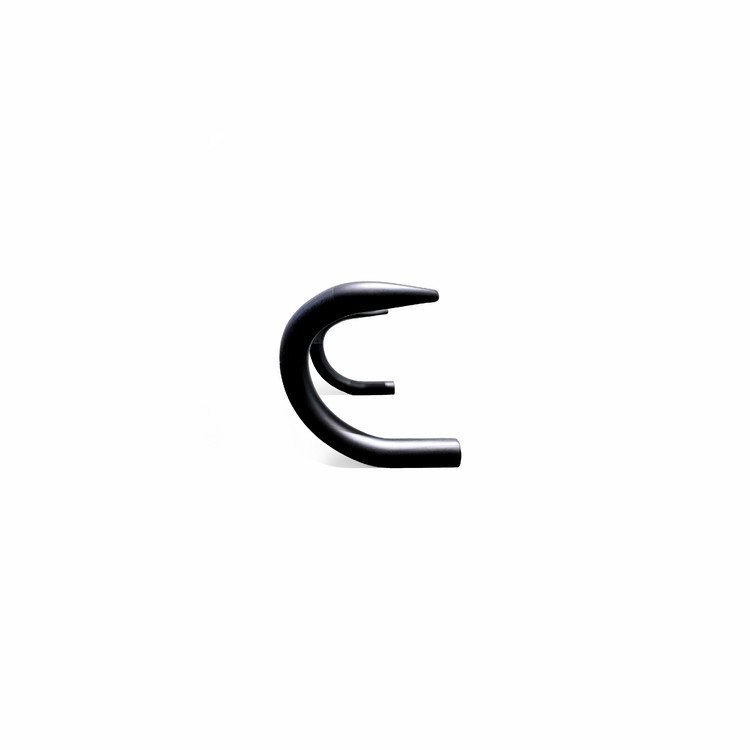V-Wing handlebar
The greatest aerodynamic gain comes from the rider. However, the V-Wing handlebar can deliver significant savings of over 10 watts while remaining within UCI regulations.
The greatest aerodynamic gain comes from the rider. However, the V-Wing handlebar can deliver significant savings of over 10 watts while remaining within UCI regulations.
The greatest aerodynamic gain comes from the rider. However, the V-Wing handlebar can deliver significant savings of over 10 watts while remaining within UCI regulations.
description
Performance Data:
According to wind tunnel tests at BikeRadar, narrowing the handlebar by 4 cm (from 40 cm to 36 cm) results in a power savings of 2.43 watts at 35 km/h. At 45 km/h, this difference translates to over 5.1 watts.
The V-Wing handlebar features a 4 cm narrower hood mounting width and incorporates long, slender chord shapes, resulting in a savings of over 10 watts. These claims will be verified through velodrome and field tests in 2024.
Product Availability:
For Cervelo S5 (2023): Out of stock, available for shipping from March 20th.
For 31.8 mm standard stems: Currently in stock.
Development Purpose:
Q: How can the fastest position for flat roads (TT-bar) and the optimal climbing position (hoods/base) be implemented?
A: By integrating both a TT-bar section and a base section. The base should resemble a conventional road handlebar, with a hood mounting position that is both narrower and extended forward. To achieve this, the V-Wing handlebar reaches 108 mm, longer than the typical 65 to 80 mm.
Q: Is it suitable for sprinting or cornering?
A: Yes, many elite track sprinters now use narrow drop bars, even as narrow as 30 cm, for improved performance. The V-Wing's drop width of 38 cm is sufficient for sprinting and cornering.
Q&A:
Q1: Do we need handlebars of different widths for varying shoulder widths?
A1: The V-Wing allows the lever hood width to be set between 18 and 32 cm, even within UCI rules. Considering that a narrow set-up on a standard 40 cm handlebar offers 28 to 32 cm for the lever hoods, riders with wide shoulders can still adjust to their desired width.
Q2: Can air resistance from the handlebar itself be reduced?
A2: Yes, the top of the handlebar features a NACA aerodynamic profile to minimize drag.
Q3: Why does the handlebar have a slight V-shape when viewed from above?
A3: The V-shape reduces air resistance at a given width compared to a straight handlebar, as the mean aerodynamic chord is longer.
Q4: How does the weight compare to the original handlebar?
A4: The V-Wing weighs 275 g, making it about 10 g lighter than the original handlebar of the Cervelo S5.
Q5: Are there any assembly precautions?
A5: The maximum allowable torque when installing the stem and lever is 6 Nm. Wrapping the bar tape a few centimetres past the shift lever is also recommended.








